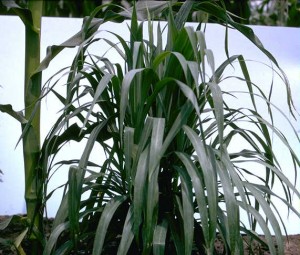When I woke up (which yes, was only a couple hours ago, but remember I’m on pacific time) I found a whole bunch of interesting plant links waiting in my RSS reader, and I thought I’d pass along a few to you guys.
Keith Robinson writing over at Omics! Omics! posted Celebrating Citrus where he catelogs some of the diversity available to him from local grocery stores before pointing out a citrus review article that suggests all that diversity can be traced back to only three wild species and wraps it up by pointing out the project to sequence the sweet orange genome.
Imagine if you could have a whole series of clementine-like fruits, with the size & easy peeling characteristics but with the whole range of other citrus flavors and colors genetically grafted in — cara cara clementines and blood clementines and ruby red clementines and perhaps even sweet lemontines and key clemenlimes.
Highly recommended.
The Biogeography of Darwin’s Gourd is a post I discovered through research blogging (speaking of which I should really write another entry that meets their standards some day). The gourd of the title is Sicyos villosus, a cucurbit (the group of plants that includes squashes, melons, and pumpkins) collected by Darwin from one of the islands in the Galapagos the better part of two centuries ago … and never again recorded by science. At this point the dried sample collected by Darwin may be the only existence the species ever lived:
The analysis of the cucurbit’s DNA, extracted from the seed samples taken by Darwin, revealed that S. villosus is closest in relation to cucurbits in North America and Mexico. The species probably diverged roughly 4 mya, when the Galapagos were still geologically young. Dispersal was not human in origin, meaning long distance from the mainland, potentially from its spiny fruits stuck to birds, the authors suggest.
How cool is it that we can learn so much from a single sample of a species that has otherwise vanished from the earth?
Finally, by way of DailyKos, comes a pointer to this valentine’s day themed article, clearly written for the non-scientist, where a summary written by me seems superfluous given the title: Sex, Drugs, and Paleo-botany! And yes, the exclamation point is in the original title as well.
